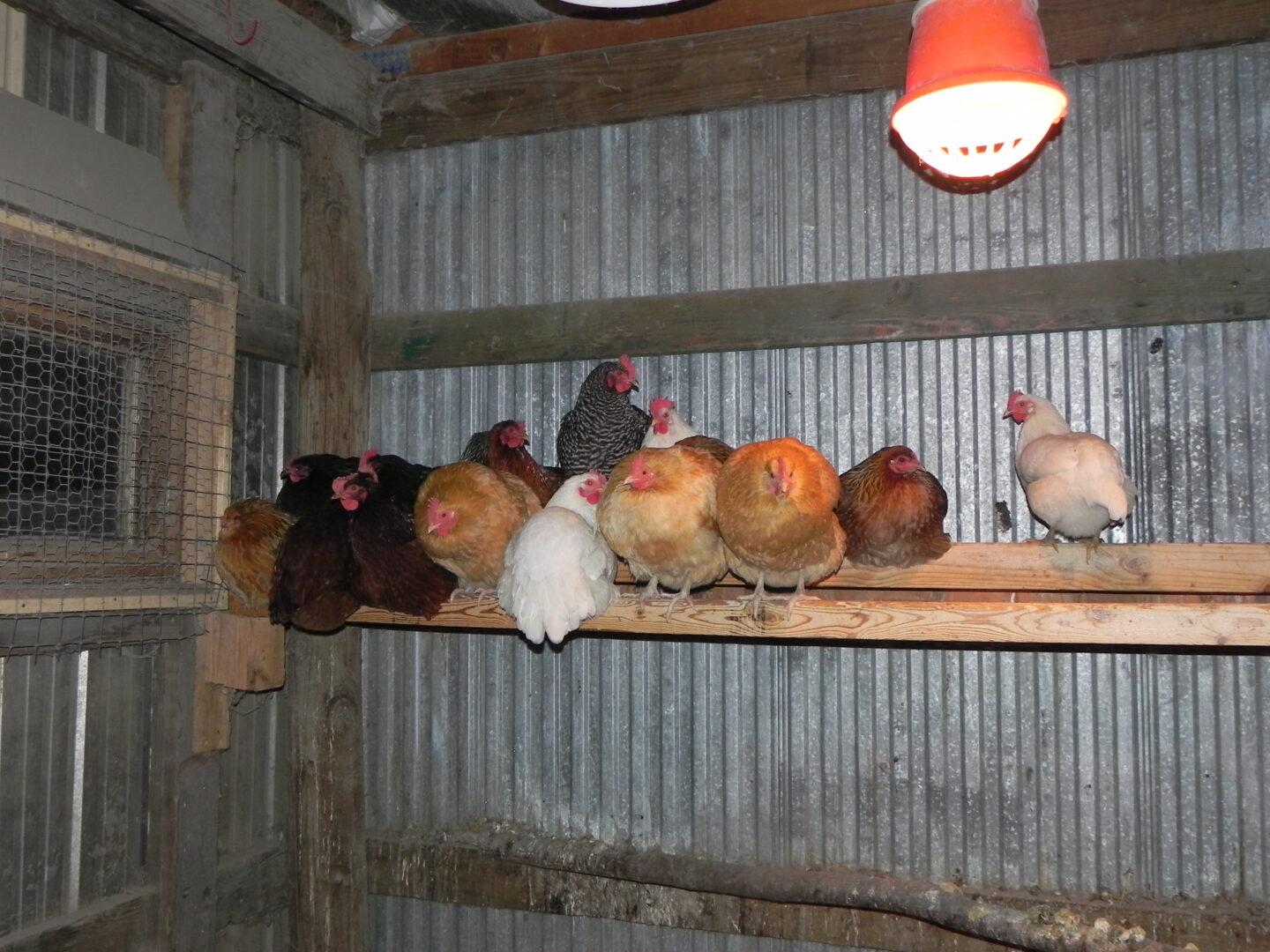Caring for Your Flock in Extreme Cold

There’s cold…and then there’s extreme cold!
Generally, well cared for chickens easily handle temperatures down to zero or a few degrees below. But once in a while the mercury drops to 20 or even 30 degrees below zero. That’s extreme cold for both chickens and their human caretakers. When it gets that frosty chickens need special care.
Anyone living where the thermometer could plunge should stay tuned to weather forecasts. If subzero temperatures arrive a flock owner normally has a few days to prepare, and the following actions can help the birds survive in reasonable comfort:
- Eliminate coop drafts. Plug cracks in walls or around windows with caulking or bits of fiberglass insulation that can be pushed into gaps with a screwdriver. Bits of cloth work in a pinch.
- Keep feeders filled and treat the hens to some extra grain. Corn and scratch are low in protein but high in cold fighting energy. Chickens also eat more when it’s cold.
- Put a coating of Vaseline on combs and wattles. These are the body parts most likely to be frostbitten. (Thinking ahead, consider buying breeds that have tiny pea combs, which are much less likely to freeze than breeds that sport large single combs.)
- Warm the birds – slightly. There is an enormous difference between zero and 25 below zero. It’s not necessary to make the coop warm but it is important to take the edge off extreme cold. Warming the interior of the coop to zero on very cold nights will help the birds come through the chill in good shape.
As a first line of defense, you can try sheeting off portions of the coop to make the overall space smaller and easier for the chickens to warm with their own body heat.
If you are confronted with extremely cold temperatures, your last resort may be to a use brooder lights to warm the coop. A chick brooder heat bulb in a porcelain socket fixture positioned CAREFULLY in the coop will reduce the chill… but be careful. Bulbs get very hot. Keep them away from anything combustible and the hens, which could get burned. Suspending the fixture from the ceiling and away from roosts and anything that could catch fire will warm the air.
NOTE: using heat lamps in your coop in the winter is usually not encouraged. However, some situations may call for this drastic measure.
Coops lacking electricity present warming challenges, but filling a five-gallon pail with hot water, covering it, and putting it in the coop can add a few degrees to the interior temperature without creating a fire or burning hazard.
Over most of the country normal weather winters come and go without extreme subzero temperatures, but when the mercury plunges it is important to take action to keep hens alive and healthy.
